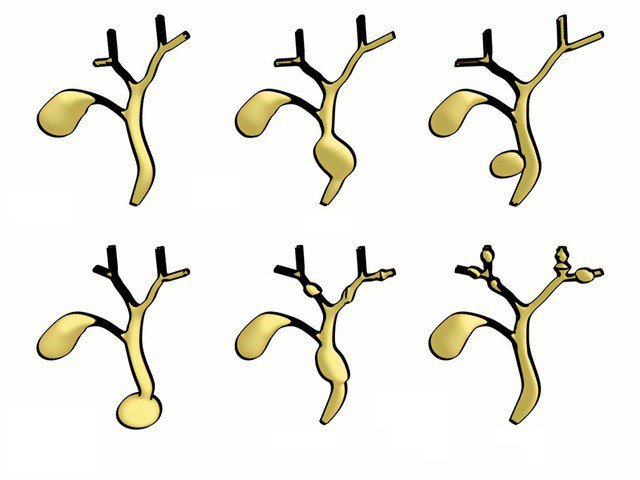Causes of cholestasis in children and infants
The article was written by Dr. Bui Thi Hang - Pediatrician - Unit of Regenerative Medicine Clinic and Educational Psychology
Neonatal cholestasis is generally defined as conjugated hyperbilirubinemia occurring during the neonatal period or shortly thereafter (i.e. within the first three months of life). Cholestasis is a condition in which decreased formation and/or secretion of bile can be caused by a number of disorders, most commonly biliary atresia.
Definitions and Classifications
Cholestasis is impaired secretion of bile, which can be caused by defects in bile production in the liver, transmembrane bile transport, or mechanical obstruction to the outflow of bile.
Laboratory tests show elevated serum bile components (eg, bilirubin, bile acids and/or cholesterol). Combined elevation of bilirubin is the predominant feature in most causes of neonatal cholestasis.
Neonatal cholestasis - The term "infant cholestasis" is often used to refer to cholestatic liver disease that is present at birth and/or develops during the first few months of life, rather than just the right stage. newborn (first 28 days of life).
Causes of cholestasis in infants can be divided into the following categories:
Obstructive (eg, biliary atresia) Infection (eg, congenital cytomegalovirus) Genetic/metabolic (eg: Alagille syndrome and certain congenital metabolic disorders) Autoimmune diseases (eg, autoimmune liver disease of pregnancy [GALD]) Toxicity (eg, liver disease associated with bowel dysfunction [IFALD] related to parenteral nutrition) Idiopathic (idiopathic neonatal hepatitis)

Teo đường mật là một nguyên nhân gây ứ mật
In clinical practice, these disorders usually become apparent within the first two months of life, which is an important period for identifying infants with biliary hypoplasia, the most common cause of stasis. in this age group.
Biliary atresia must be promptly differentiated from other causes of cholestasis because early surgical intervention (ie, before two months of age) confers a better prognosis. Furthermore, other treatable causes require rapid diagnosis to initiate effective treatment (eg, tyrosinemia, hyperglycemia, hypothyroidism, and infectious causes).
Therefore, if the child shows signs of congenital biliary atresia, typically signs of jaundice for more than 2 weeks, parents should take the child to a major hospital for an accurate examination and diagnosis. Early diagnosis and surgery are important factors determining the success of treatment.
Vinmec International General Hospital is one of the hospitals that is equipped with a modern technology system along with a team of experts with leading experience in the field of Endoscopy - Gastroenterology, proficiently performing diagnostic gastrointestinal endoscopy techniques, emergency interventions and therapeutic interventions.
Để đặt lịch khám tại viện, Quý khách vui lòng bấm số HOTLINE hoặc đặt lịch trực tiếp TẠI ĐÂY. Tải và đặt lịch khám tự động trên ứng dụng MyVinmec để quản lý, theo dõi lịch và đặt hẹn mọi lúc mọi nơi ngay trên ứng dụng.
Articles refer to the source: Update
Bài viết này được viết cho người đọc tại Sài Gòn, Hà Nội, Hồ Chí Minh, Phú Quốc, Nha Trang, Hạ Long, Hải Phòng, Đà Nẵng.






